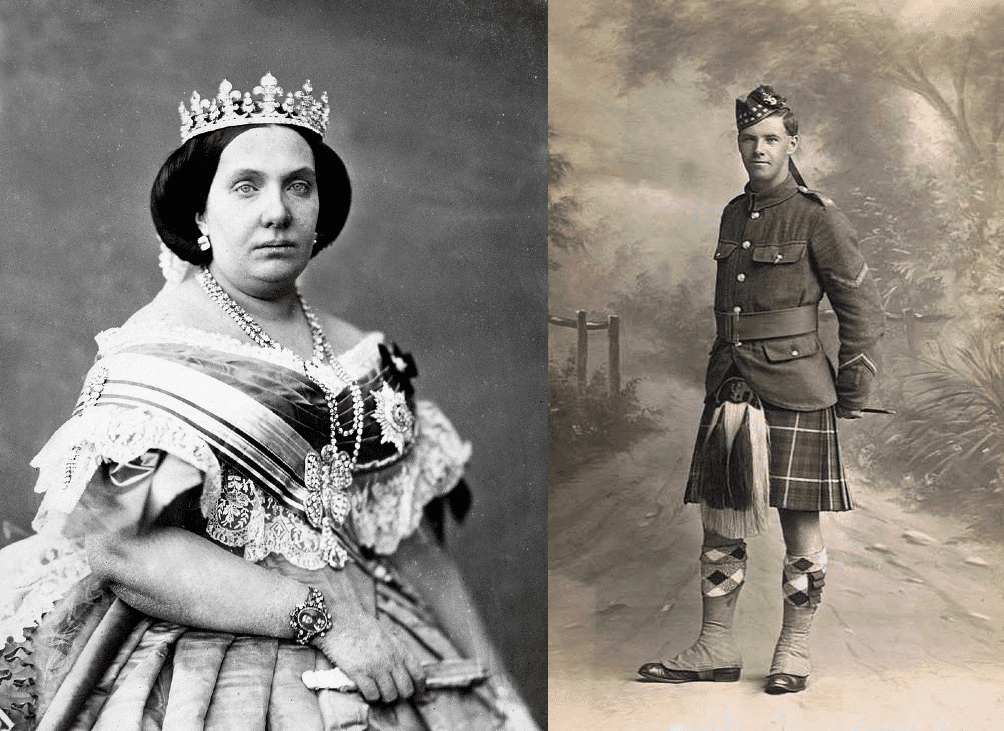
HAVE you ever heard the term, ‘guiris’?
It’s a slang term, and it means us.
Foreigners.
Specifically, the anglo-saxon type of foreigner.
Spanish people know very well that they need us. (Look around – apart from tourism, is there any other economic activity going on?) But they have a (mildly) pejorative word for us. They call us guiris.
On 25 June, 1870, a 40-year-old Spanish woman, living in Paris, wrote to the Madrid government to sever all formal links with Spain.
What did this woman have to do with a slang word for foreigners?
Between 1833 and 1868, Spain had a queen. Isabella II was three years old when she ascended the throne.
Just before Isabella was born, her father (King Ferdinand VII) issued the Pragmatic Sanction. This new decree abolished the Salic Law, which forbade women from sitting on the throne.
When her reign began, Isabella already had two strikes against her, as far as the ordinary people were concerned: she was three years old, and she was a female.
Spain just wasn’t ready to be ruled by a little girl.
It was a bad omen.
Her 35 years on the throne were unhappy. In the Basque region, a group known as ‘Carlists’ lived in open rebellion, and her time in power was sullied by endless uprisings and plots.

In 1868, in Cadiz (always a hotbed of revolution) a naval mutiny broke out, and the disturbance quickly spread. Sevilla was too close to Cadiz for safety, so Isabella fled to France.
She assumed that, when things calmed down, she would return, and continue ruling, but it wasn’t to be. She was simply too unpopular.
In order to give her son Alfonso a chance of being king, she wrote the letter mentioned earlier, renouncing all personal claims to the throne.
June 12 will mark the 155th anniversary of Isabella’s abdication.
Her son did indeed become king. He was Alfonso the Twelfth.
Though she returned briefly to Spain, Isabella didn’t settle. Paris was now her home. She died there in 1904, at the age of 73.
Where were we with the guiri explanation?
As a young woman, so the story goes, Isabella liked men. A lot.
Her preferred ‘type’ was a tall, athletic Scot. Being the queen, she had wide latitude in the hiring and firing palace staff. She hand-picked a corps of young Scottish bodyguards.
Isabella also chose to live in Sevilla, rather than Madrid.
She wanted her personal bodyguards (and according to the rumours, they were VERY personal) to have a uniform. Wise counsellors advised her against it.
She was unpopular, and the sight of ‘her’ men, strutting around Sevilla like uniformed peacocks, might provoke another uprising.
Isabella took the point, but insisted on a metal belt-buckle for each of her Scottish boys. The buckle should say: “Guardia Imperial de la Reina Isabella”. (Queen Isabella’s Imperial Guard).
It was pointed out to her that this was too much writing for a belt buckle, so she agreed to reduce it to ‘Gu.I.R.I.’ The buckles were made and issued.
It’s not hard to imagine a handsome, well-paid, well-dressed Scot, buckle on full display, strolling along the Calle Sierpes one afternoon in the 1850s.
Equally, we can readily picture a group of impoverished sevillanos, sipping manzanilla on the terrace of a cafeteria.
No doubt, one of them turned to his friends and sneered: “Look, lads – it’s one of her ‘guiris’.”
Thus are slang terms born.






